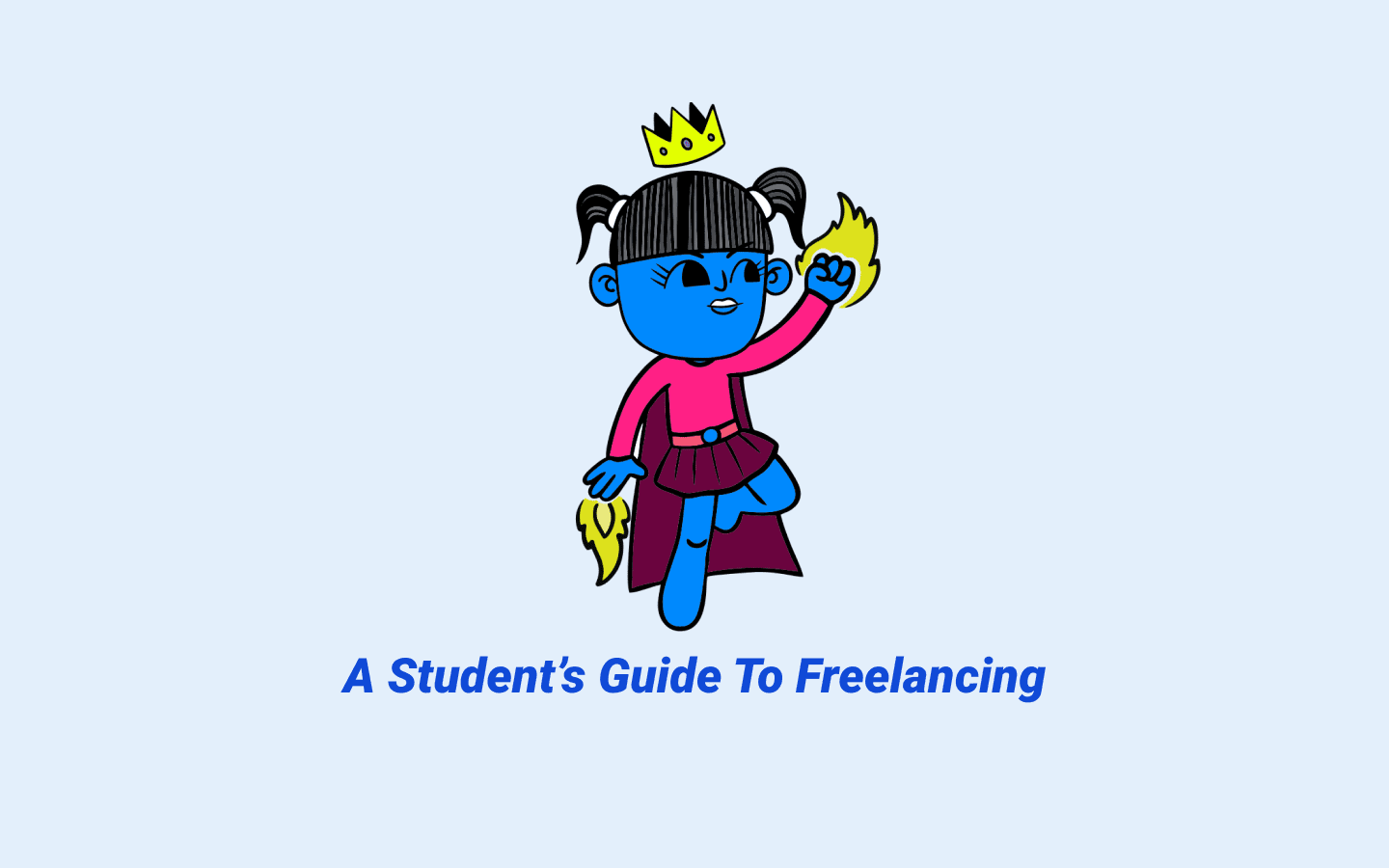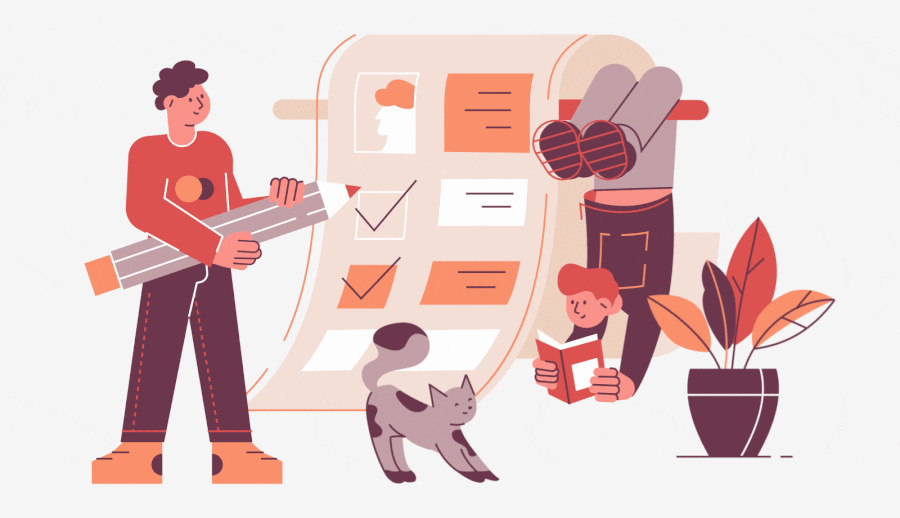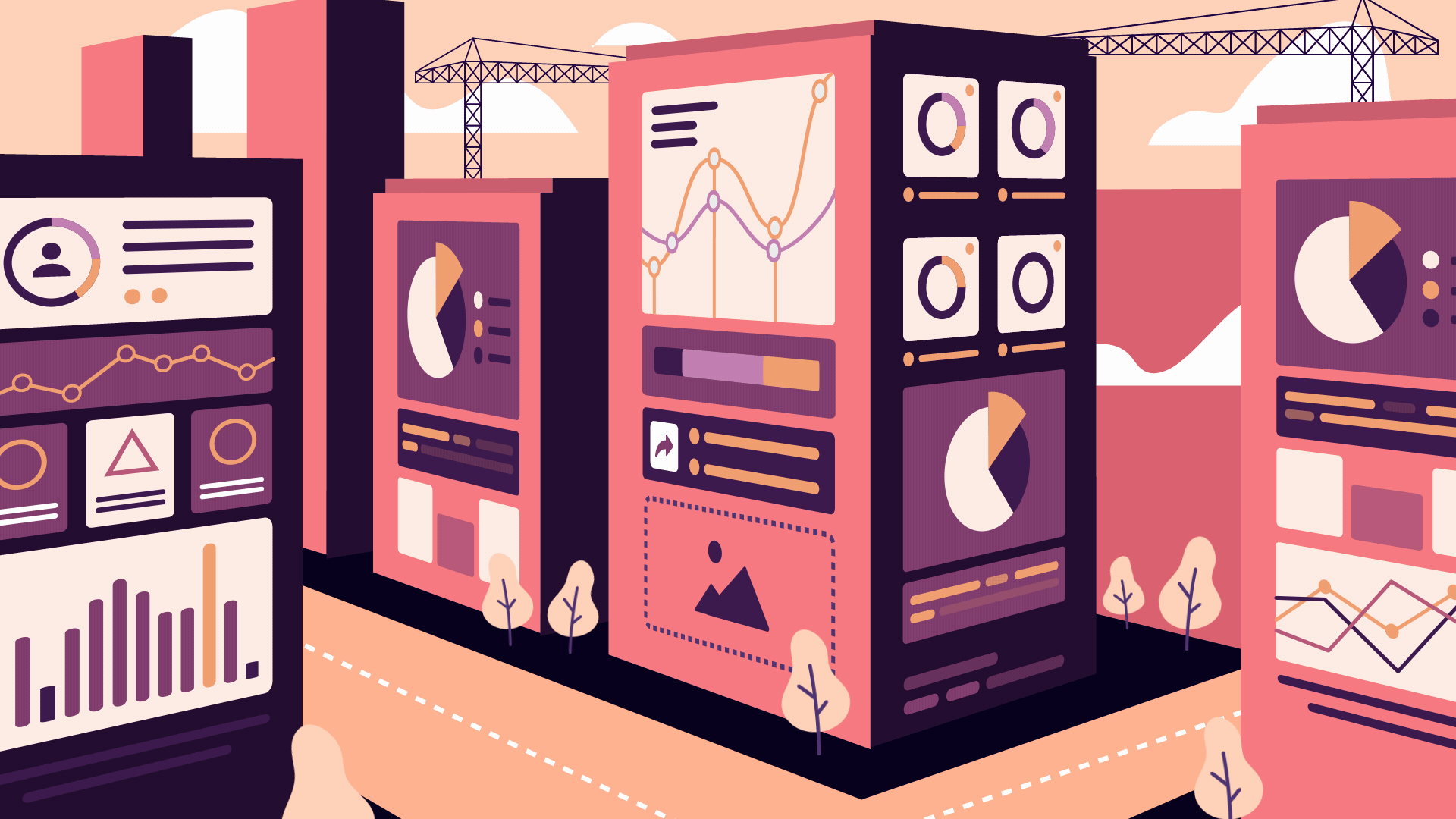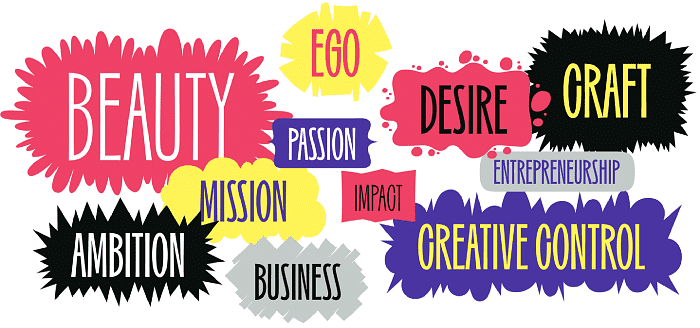This summer, I decided to enter the world of freelancing as a Junior at Parsons School of Design, New York. I got my first freelance project to design an app and it’s safe to say that there are a few things I wish I knew before I started. If the thought of freelancing as a student scares you too, grab your comfort snack, and read on.
I have always sought opportunities to learn outside the classroom. I spent time interning and taking part in competitions, but the thought of freelancing as a student had always scared me. During the month of May, I decided to bite the bullet and publish a post on LinkedIn saying that my internship at Dow Jones & WSJ had got canceled due to covid and that I was looking for new opportunities. I landed my first freelance project. Here’s what I learned that could help you too.
1. Empathizing with your client: It’s important to put yourself into the shoes of your client and their target audience. For instance: when I was designing for children, it affected the UI decisions I made. The interface had to be more visual, and I had to use brighter colors so it’s kid-friendly. The client might say that they want something, but if you ask what problem they’re trying to solve, the solution is often different from what they imagined.
2. What to do if you and your client have different opinions on a design: These conversations can be tricky. It’s nice to ensure that you’re on your client’s side and that you respect them. I often show two options, one with what they wanted me to do, and one with what I thought would look better. It’s easier for the client to see the end result of both ideas and creates a good atmosphere for you to pitch your idea. This way the client knows that you’re trying to do what’s best for them.
3. Setting a price: Some designers charge hourly, some charge based on the value they generate for the client. As a newbie to the freelance business, watching TheFutur and AJ&Smart’s videos on Youtube helped me figure out the business side.
4. Building a relationship: Clients don’t bite (in most cases). Your clients are people too. It is as hard for them to find a freelance designer that fits their culture as it is for you to find a freelance offer you like. So when the shoe fits, keep it on. They will most likely keep needing new designs and will come back to you. It’s a good way to start building your clientelle.
5. Declining an offer: Maybe the budget constraint or the company culture isn’t what you love. Whatever the reason might be, instead of saying no right away, you can refer someone you know and trust to your client. If you’re in school and they’re looking for an interaction design student, you might have a friend in the interaction design program at your college who’ll be able to help. This way you still build a connection with your client instead of instantly closing the front door.
6. Setting milestones and your own deadlines: With freelancing, comes being your own boss. While this can be extremely freeing, it can also get you to overschedule or procrastinate. It’s important to keep the client in the loop. Set your own deadlines and break your project into smaller milestones. Make sure you plan ahead, deliver before it’s due, and keep time for revisions.
7. Finding paid freelance offers: If you can’t find freelance offers that exist, you can always create your own. Let’s say you’re a web designer looking for their first freelance offer but are unable to find anything that pays well. Maybe, you can find companies that have great social media pages but no website. Reach out to them, asking if they’d like a website. Even if you design one website for free, but get credit for it, other clients will be seeing that website and will know you designed it. If they like it, they’ll come to you. It only takes one freelance project, to get your foot in the door. If you have to do one unpaid project to get future paid projects, it could be worth a shot.
8. In conclusion, there’s no better way to learn than to just dive in. I hope these tips have helped you prepare for your next freelance design project. Thanks for making it this far. Now that you have reached the end of this article, I wish you all the best freelancing!
Have a question? Let’s chat!
Email: [email protected].
LinkedIn: Nitya Kumar






